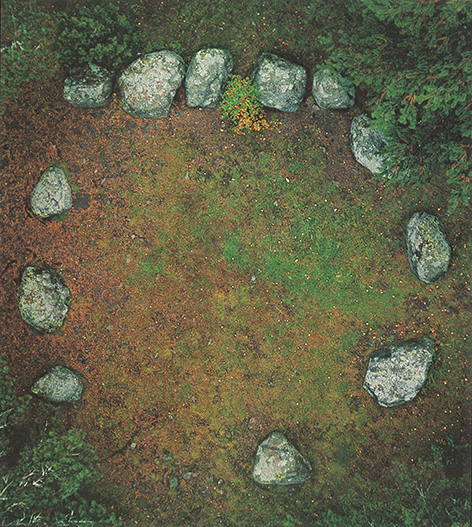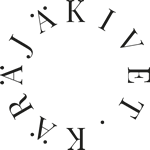· KÄRÄJÄKIVET ·
Käräjäkivet is a Finnish word meaning “court stones” or “circle of stones”: places of judgment (originally iron age graves), where judgments were held and justice carried out, accordingly to the Finnish National Board of Antiquities.
In the ancient times, they were important places where the primitive leaders of the North got together in order to discuss and decide about common matters.
Käräjäkivet is “a territorial imprint converted into an editorial project”. Run by the Portuguese architects Márcia Nascimento and Nuno Costa since 2019, Käräjäkivet develop small editions about art, architecture and culture. Its printed publications are hand-bound and produced in limited editions.
Käräjäkivet is a Finnish word meaning “court stones” or “circle of stones”: places of judgment (originally iron age graves), where judgments were held and justice carried out, accordingly to the Finnish National Board of Antiquities.
In the ancient times, they were important places where the primitive leaders of the North got together in order to discuss and decide about common matters.
Käräjäkivet is “a territorial imprint converted into an editorial project”. Run by the Portuguese architects Márcia Nascimento and Nuno Costa since 2019, Käräjäkivet develop small editions about art, architecture and culture. Its printed publications are hand-bound and produced in limited editions.

Käräjäkivet site in Eura, Finland
© Rauno Hilander image courtesy
Käräjäkivet has received support from:
Wihuri Foundation (2019-2021)
Arts Promotion Centre Finland (2020)
Direção-Geral das Artes (2021)
Finnish Cultural Foundation (2022)
Booklets are available for free in Käräjäkivet’s open archive, while Books are available for purchase in Käräjäkivet’s store.
